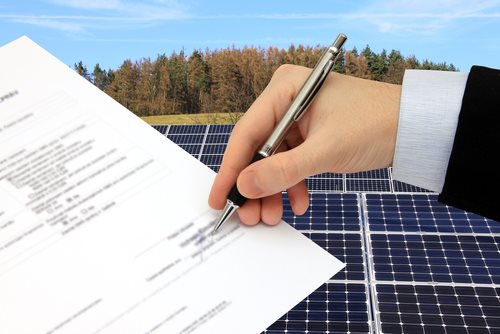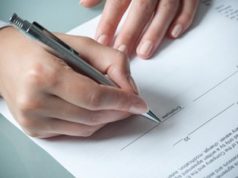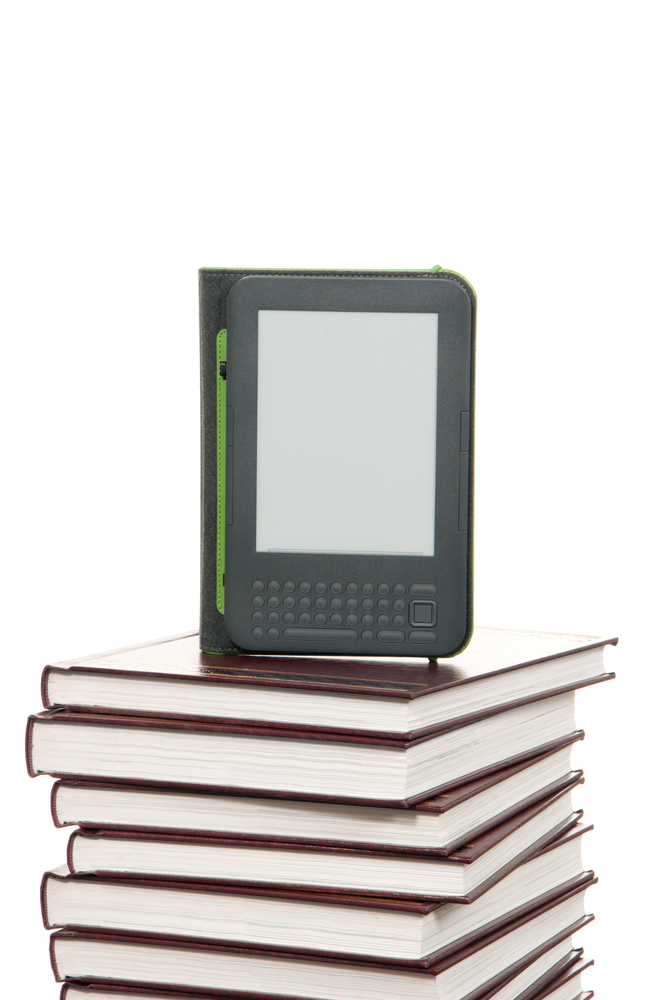
In order to obtain formal patent rights, one must file a patent application with the United States Patent and Trademark Office. The patent application will contain descriptive and precise information in regards to the invention or idea that is being filed for patent. However, the information that is required in a patent application may change in accordance to the type of patent being applied for: utility patent, design patent, or plant patent. The following are certain issues regarding patent application that are generally applied:
Basic Elements of a Patent Application
The patent application, in general terms, will usually include:
1. Preamble: States the name of the applicant, title of the invention or idea, and a description in regards to the nature of the invention and how it is to be used.
2. Description of Included Drawings
3. Feature Description
4. A Single Claim: Probably the most important and scrutinized aspect of a patent application; patent examiners will use this section as the main factor in determining the invention or idea’s patentability.
5. Drawings or photographs
6. Oath or Declaration
Provisional Patent Application vs. Non-Provisional Patent Application
There are two types of patent applications that are made available and should be considered thoroughly in accordance to the applicant’s needs.
The Provisional Patent Application allows for the patent application to be filed, though it will not undergo the examination process in immediate terms. This may prove to be convenient in the case that the applicant needs to conduct further research in regards to the invention or idea, such as potential marketing and production.
The Provisional Patent Application will allow for the inventor to bring the invention or idea to the public and still be protected by patent rights. The “patent pending” notice on many products means that a provisional patent has been filed. However, the “patent pending” status cannot be extended and the invention or idea will have to undergo a formal patent registration to maintain patent protection.
The Non-Provisional Patent Application is one where the examination process will be conducted upon filing. During this time, the inventor cannot enter the innovation into the public. Furthermore, the Non-Provisional Patent Application will take quite some time in order to process, due to the extent of the examination process. It is not uncommon for the entire procedure to take up to three years before being approved and granted the patent for the invention or idea.
Drawings
Aside from the precise and detailed explanations regarding the invention or idea, drawing will also be required to be submitted with the application. The USPTO has distinct and specific requirements in terms of the drawings that are to be submitted, typically requiring that a certain number of views or perspectives of the invention to be rendered.
There are also certain requirements in terms of the type of paper and the size of paper that is to be used. Often times, the applicant may be have to enlist the services of an artist in order to produce and render the required drawings, though it may not be necessary and is not required by the USPTO
Oath and Declaration
Upon applying for patent registration, the applicant will be required to make an oath or declaration stating the invention or idea being filed for patent rights is original and innovative. The oath will often times be taken in the presence of a notary public or qualified and authorized office. On the other hand, declarations that are to be made will not require to be formally notarized.















